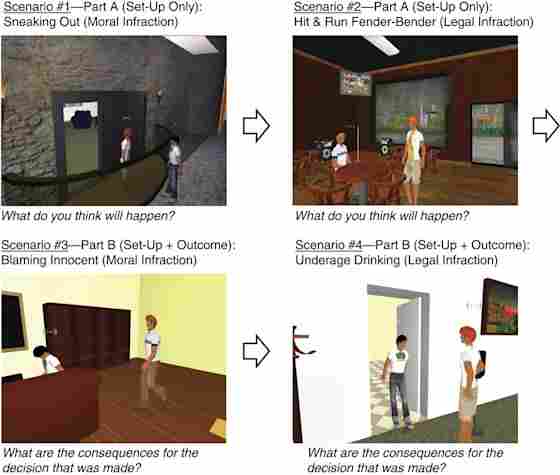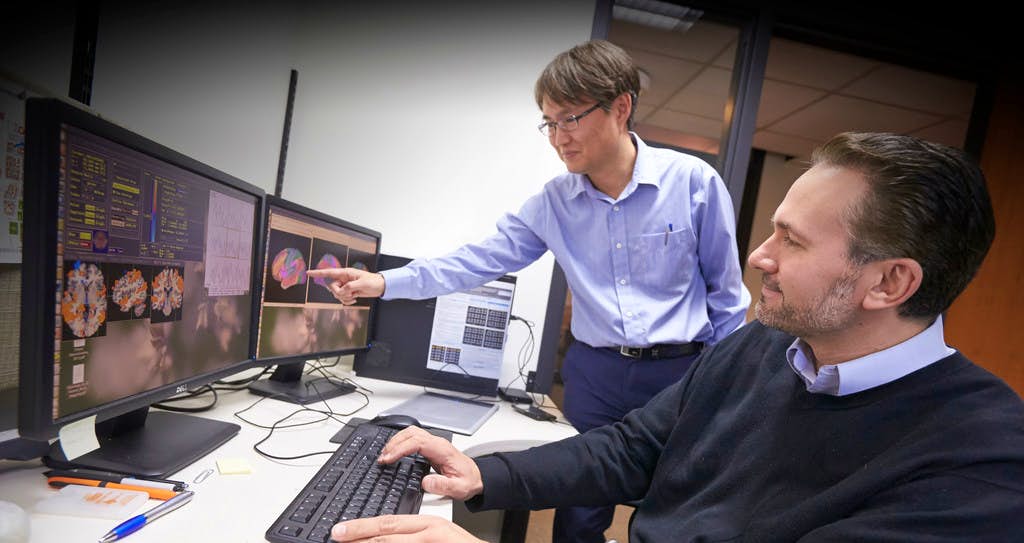Overview
Adolescents engage in risk-taking and face complex social, legal, and moral decisions throughout development. However, when adolescents face a traumatic brain injury (TBI), the critical areas in the frontal lobe networks that mediate decision-making, impulsivity, reward evaluation, and anticipating consequences, are underdeveloped.This study explored the use of a novel virtual reality simulation in which teens, both with and without a history of TBI, would choose the potential consequences of the actions taken by an avatar. Actions of the avatars would involve a series of moral and legal infractions in which consequence would occur. The results demonstrated that adolescents with TBI were less likely to think beyond the immediate consequences of the actions taken by the avatar, while typically developing teens were able to provide more long-term consequences. Further, anticipating consequences in the typically developing teens was associated with thicker medial prefrontal cortex (mPFC) and precuneus – frontal lobe regions involved in planning ahead, making judgments, and complex decision making. For those who were unable to project consequences into the future, cortical thinning was seen in the posterior cingulate, superior medial frontal and precentral regions demonstrating the immaturity of the frontal network systems in adolescents with TBI.Both the virtual reality behavioral task and the brain imaging results from this study demonstrate the impairments in social decision-making in adolescents with TBI. Interventions targeted specifically at decision-making skills could remediate the ability to consider the long-term impacts of decisions.
This figure provides an example of the virtual reality scenarios that the participants were faced with during the study. Participants had to determine what they thought would happen as a result of the behaviors depicted in the scenarios or what the potential consequences for the decision would be.




